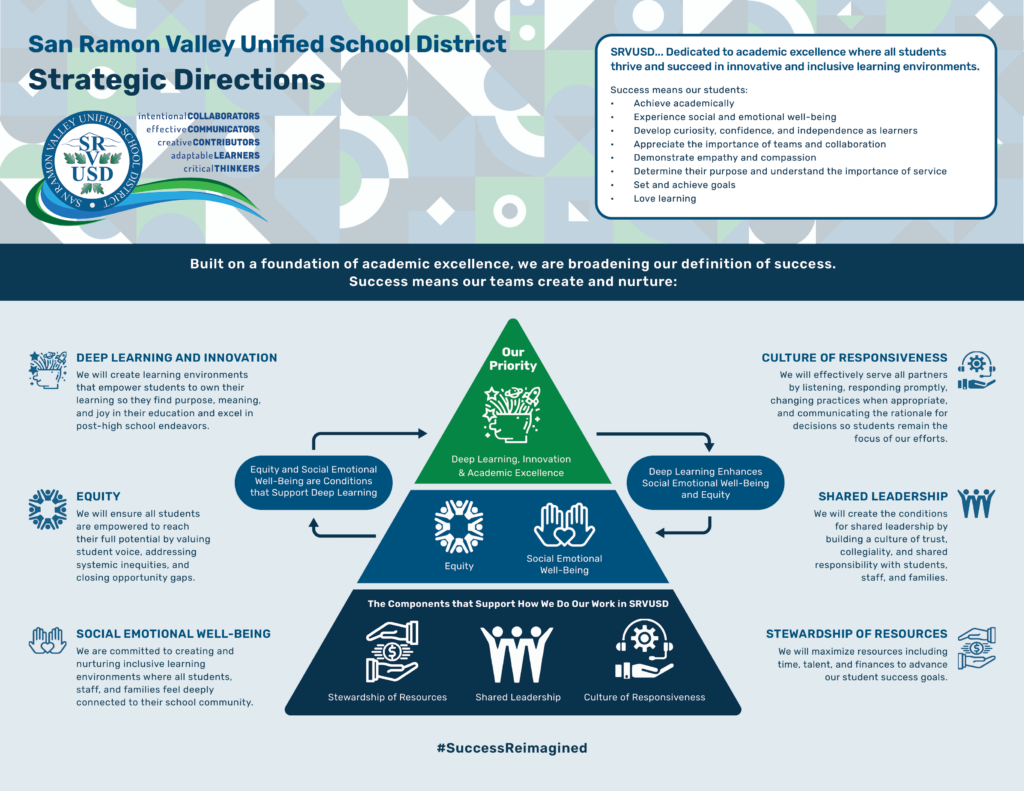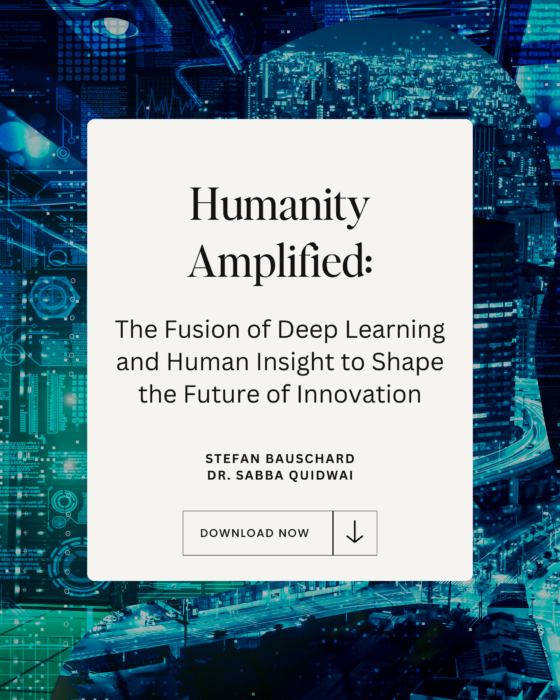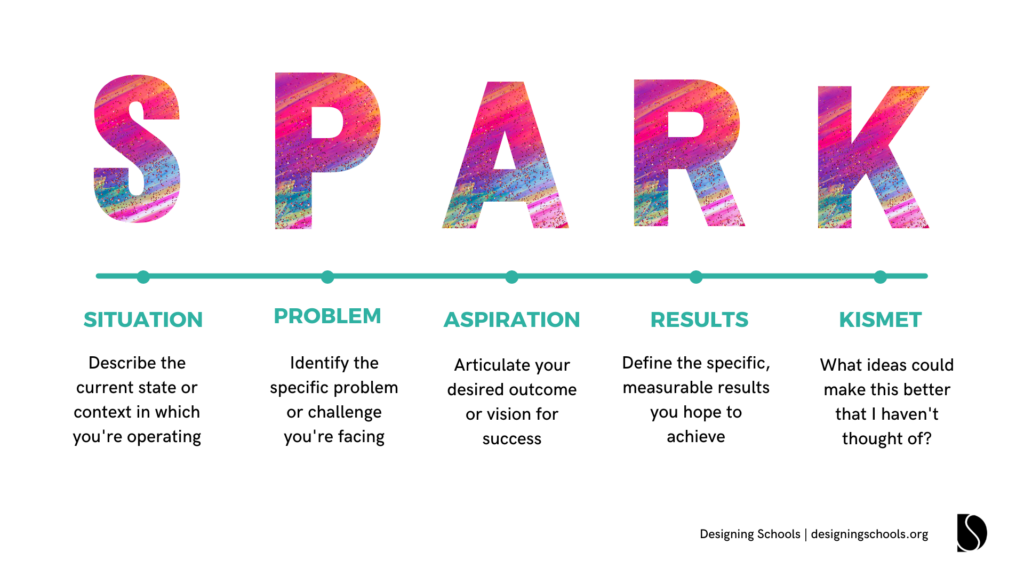
By: Sabba Quidwai, EdD and Stefan Bauschard
Innovating with Integrity: Building Trust in an AI-Driven World
The brief departure and return of Sam Altman as CEO of OpenAI underscored the need for stable, trust-based leadership in the rapidly evolving AI sector. This episode, not rooted in technological or financial challenges, highlighted how the absence of a strong, value-aligned culture can destabilize even a leading $90 billion tech enterprise.
Innovating with Integrity: Building Trust in an AI-Driven World There’s a valuable reminder for all of us as we reflect on these events.
A culture of innovation should not depend on any one company; rather, we need an approach to integrating emerging technologies into our organizations using a systems approach that prioritizes the interests of the community.
What binds these two facets of deep learning is the indispensable foundation of trust and shared values. In AI, trust ensures that the technology develops in a way that aligns with ethical standards and societal values, preventing misuse and guiding responsible innovation. In education, trust fosters an environment where learners feel safe to explore, question, and challenge, thereby cultivating their ability to make informed, ethical decisions in ever-changing circumstances
Deep Learning at San Ramon Valley Unified School District
Innovating with Integrity: Building Trust in an AI-Driven World San Ramon Valley Unified School District (SRVUSD), identified deep learning as integral to their learner profile. Their #SuccessReimagined initiative exemplifies the core qualities that help people develop skills, awareness and mindsets needed to thrive in an AI world. Through this shared vision, they have created a thriving culture of innovation built on trust and safety.
It is important for today’s learners to not only use these technologies but to engage in the process of deep learning as part of their educational journey so that when they are tasked with making essential decisions, whether they be personal or those that impact the world, they do so with effective communication and critical thinking skills, masterful collaboration, creativity, and character that reflects strong citizenship in the community. They cannot outsource their own abilities to do these things to AI.
As a result, developing these skills and mindsets is essential to succeeding in a world driven by a rapid rate of change. These changes will continue to accelerate, not just in AI but in biotechnology, robotics, 3D printing, nanotechnology, renewable energy technologies, drone technologies, and quantum computing.


Humanity Amplified
We provide a comprehensive look at this approach and what it means for an AI world in our report, Humanity Amplified: The Fusion of Deep Learning and Human Insight to Shape the Future of Innovation.
As education organizations plan for the 2024–2025 school year, here are three strategies to consider as you nurture a culture of innovation built on trust and safety where deep learning can thrive.
Strategy 1: Create with People, Not For People
This approach validates how we design educational experiences, shifting from assumption-based to data-driven development.
This engagement isn’t just conversation; it’s a gateway to discovering the real challenges, aspirations, and needs of our educational community.
We were launching a 1:1 iPad program. As a result, we were able to redesign orientation and give every student a confident start to the program. At the end of the year, 98% of students said the iPad enhanced their engagement and understanding of content.
A decade later, this approach is just as critical.
This approach has consistently led to more effective and meaningful integration that is human-centered and technology-driven.
Strategy 2: Create an AI Values Agreement and Framework that Aligns to Your Vision
Innovating with Integrity: Building Trust in an AI-Driven World Take, for instance, the Santa Ana Unified School District.
Innovating with Integrity: Building Trust in an AI-Driven World Another exemplary model comes from Michigan Virtual. They have crafted an AI framework that the entire state’s educational system can adopt. This comprehensive framework encompasses three critical stages: investigating, implementing, and innovating. It’s about ensuring that AI tools not only advance our capabilities but also resonate with our educational ethos.
. When we align our vision and our values, we establish strong criteria that ground us in a rapidly changing world. It provides a clear roadmap for technology adoption, ensuring that AI serves as a tool for enhancement rather than disruption.
Strategy 3: SPARK Ideas for Using AI By Identifying Use Cases
In a world where AI’s speed and scale are both exhilarating and daunting, understanding its practical applications becomes crucial. n.
 The cornerstone of SPARK is curiosity, collaboration, and experimentation. We encourage groups within educational organizations to come together, explore AI’s possibilities, and share their experiences.
The cornerstone of SPARK is curiosity, collaboration, and experimentation. We encourage groups within educational organizations to come together, explore AI’s possibilities, and share their experiences.
Critical to this culture of innovation
A prime example of this strategy is shared by Jenith Mishne, Director of Technology, at Newport-Mesa Unified School District. In early 2023, their high school educators engaged in a project to document their experiences with AI tools like ChatGPT.
Solve the right problem.”
You can learn more about their enterprise approach in this interview with CIO Robert Dickson.
Innovating with Integrity: Building Trust in an AI-Driven
This combination, based on trust and shared values, is essential for fostering responsible and innovative progress. It’s about guiding AI with ethics and empowering learners to shape technology thoughtfully.
The AI landscape is ever-evolving, with the potential for impacts as significant as historical innovations like electricity and the internet.
